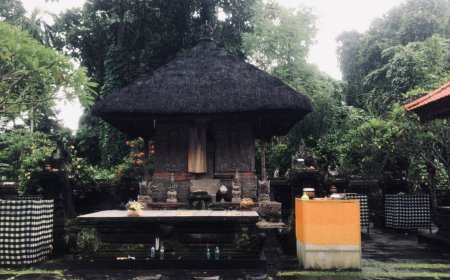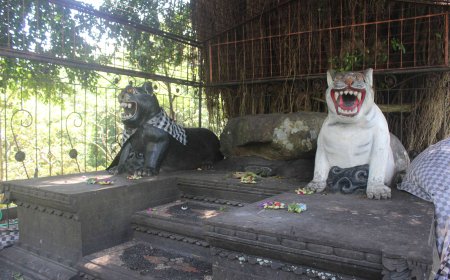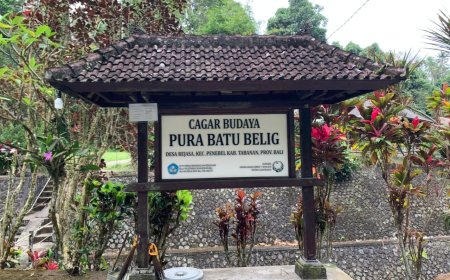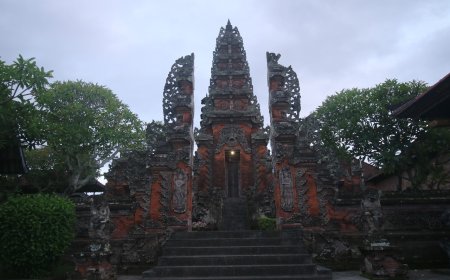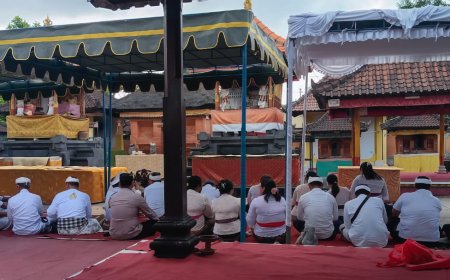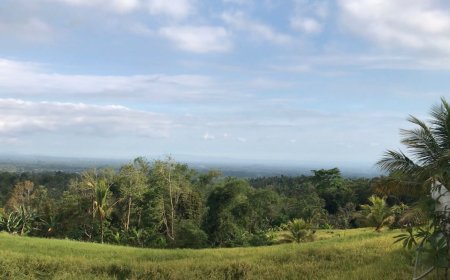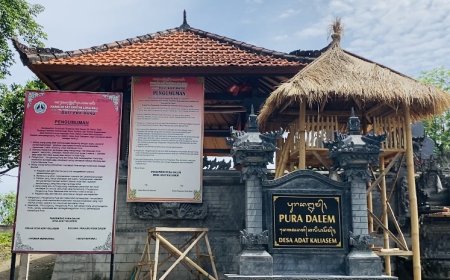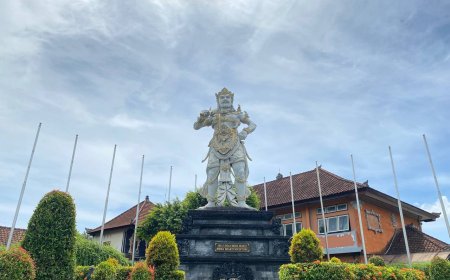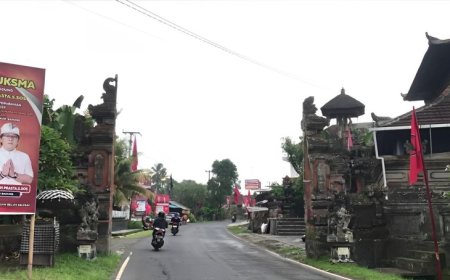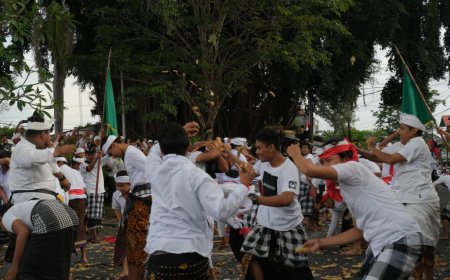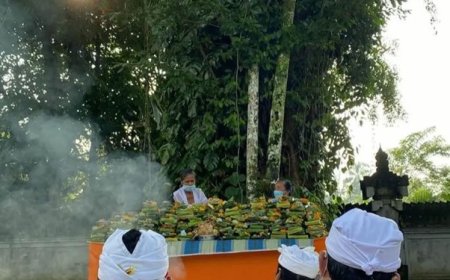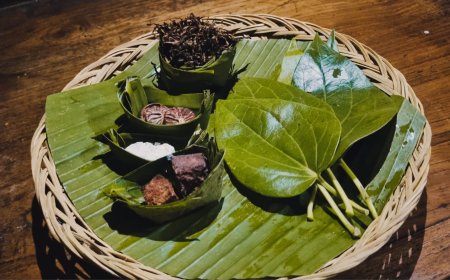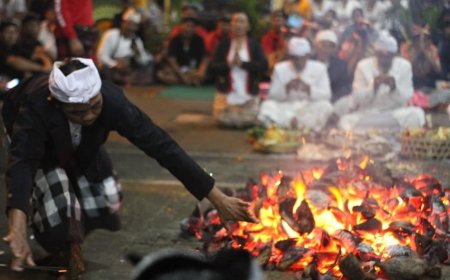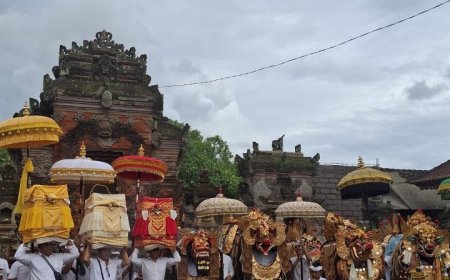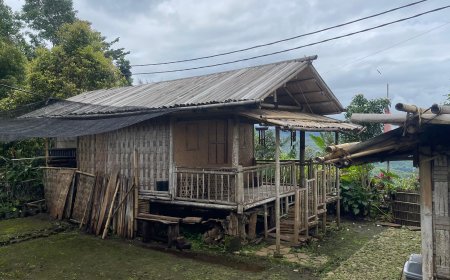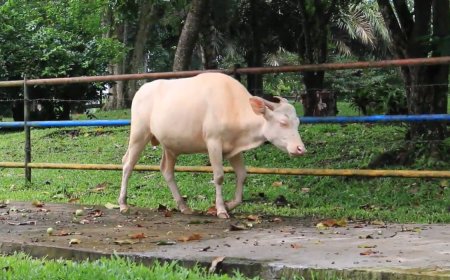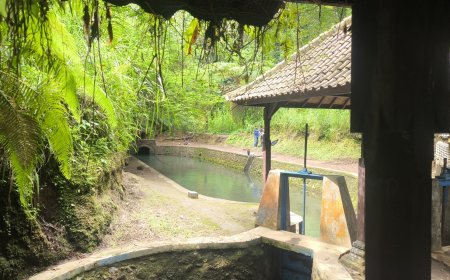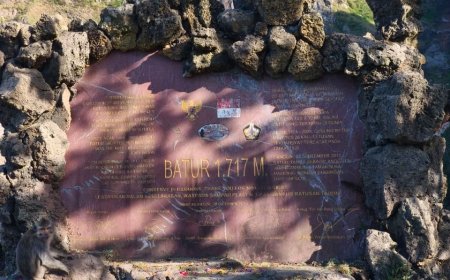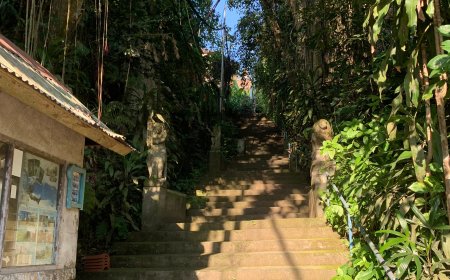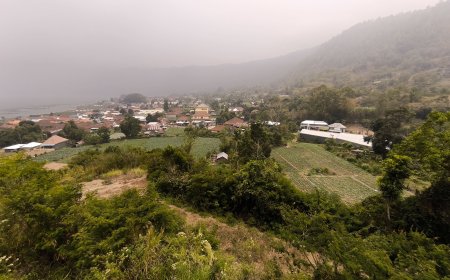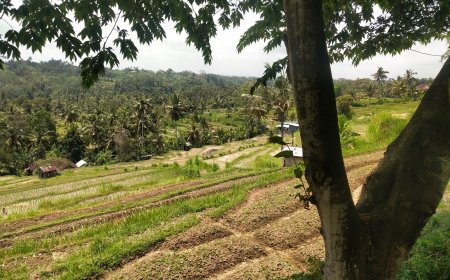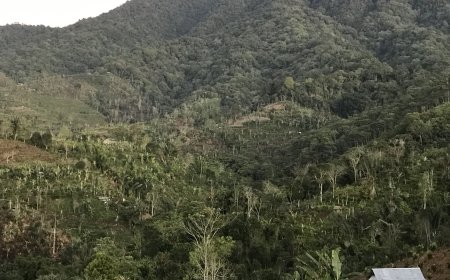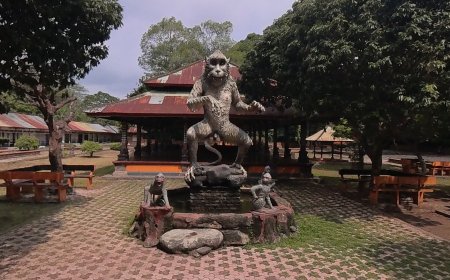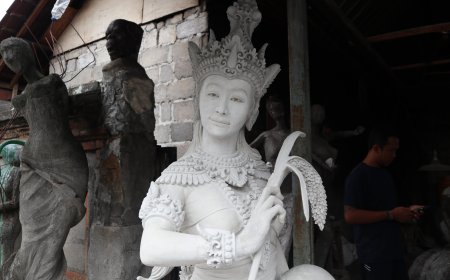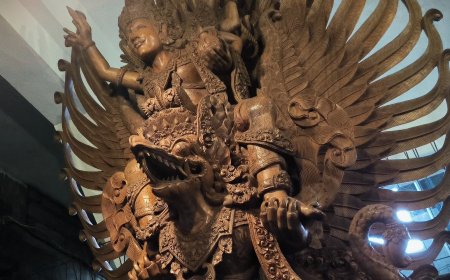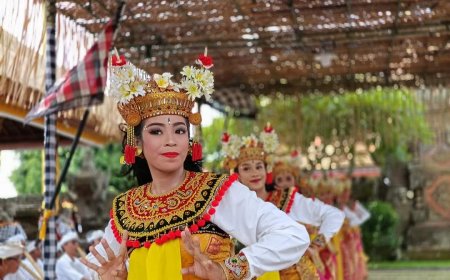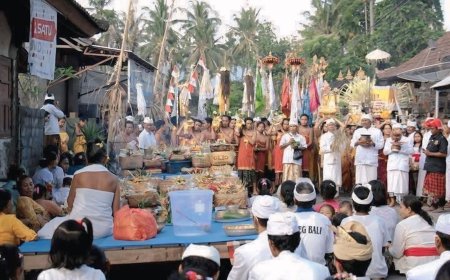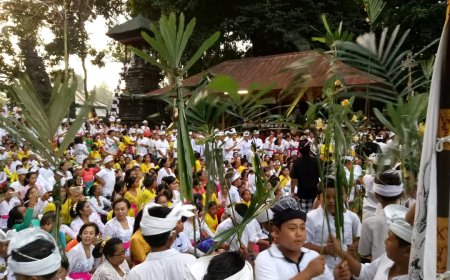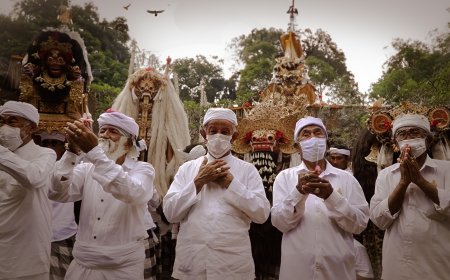Mapepada: The Sanctification of Animal Souls in the Bhuta Yadnya Ceremony in Balinese Tradition
Mapepada is a ritual with profound meaning in Balinese Hindu tradition, particularly in the context of Bhuta Yadnya. In its execution, Mapepada is not merely a process of animal sanctification, but also serves as a means to demonstrate deep respect and devotion towards living beings. This ritual is performed with a noble purpose, which is to ensure that every action, including the sacrifice of animals in sacred ceremonies, is carried out with full awareness and good intentions.
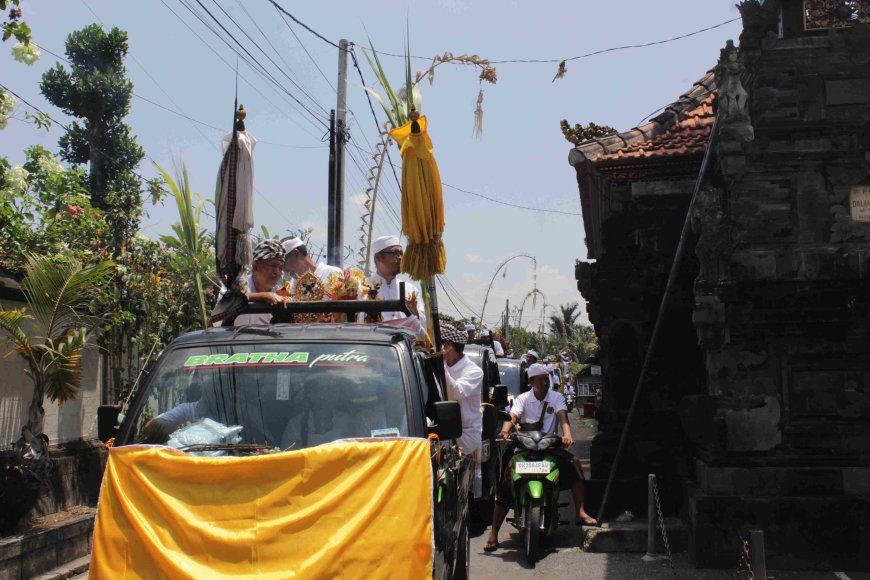
Mapepada is one of the sacred rituals in the Hindu Balinese tradition that holds profound meaning within the context of Bhuta Yadnya. The word "Mapepada" comes from the Balinese language, where "pada" means "foot" or "equal." Philosophically, this ritual reflects the principles of balance and harmony, especially in the relationship between humans, nature, and spiritual forces. In Mapepada, the animals that will be used as part of the Bhuta Yadnya ceremony are purified and honored. The goal is to elevate the status of their souls, allowing them to reach a higher spiritual level in the cycle of reincarnation.
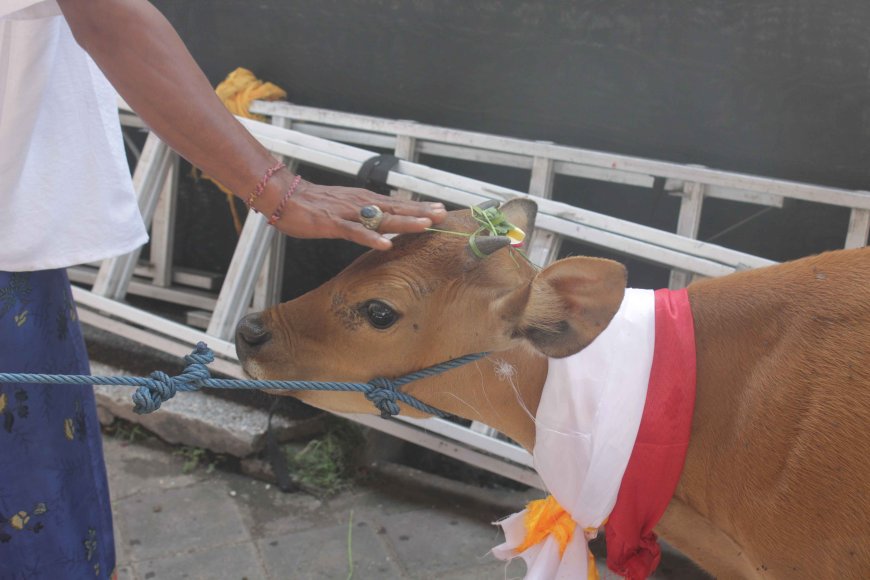
Purified Animals (Photo Source: Personal Collection)
This ritual ensures that the act of yadnya (sacred sacrifice) is not merely a physical process, but also a manifestation of respect and good intentions performed with full awareness. Therefore, Mapepada helps prevent the ritual performers from himsa karma, or negative karma, which may arise from actions that are not aligned with spiritual principles. In the Bhuta Yadnya sequence, there are two types of Mapepada processes: Mapepada Caru Alit and Mapepada Tawur(Grand Caru). The Mapepada Tawur ceremony begins with a collective prayer to purify and bless all the animals that will be used in the Bhuta Yadnya ceremony. Animals such as cows, goats, chickens, and others undergo a purification process with specific prayers and are sprinkled with tirta (holy water).

Animal Purification with Tirta (Photo Source: Personal Collection)
Unlike Mapepada Caru Alit, which is held around the temple, Mapepada Tawur involves animals such as cows, pigs, chickens, and ducks that are paraded around the village. These animals are led through the main streets of the village, stopping at strategic points, such as Pura Desa, Pura Dalem, catus pata (village crossroads), and other sacred places. This procession is accompanied by the rhythm of gamelan bale ganjur, enhancing the sacred atmosphere. At each stop, a prayer ceremony is held by the village community, led by a pemangku (priest). The prayers are meant to seek purification, safety, and blessings, both for the animals to be sacrificed and for the entire village. This procession symbolizes the harmonization of the relationship between humans, the environment, and spiritual forces in the village.
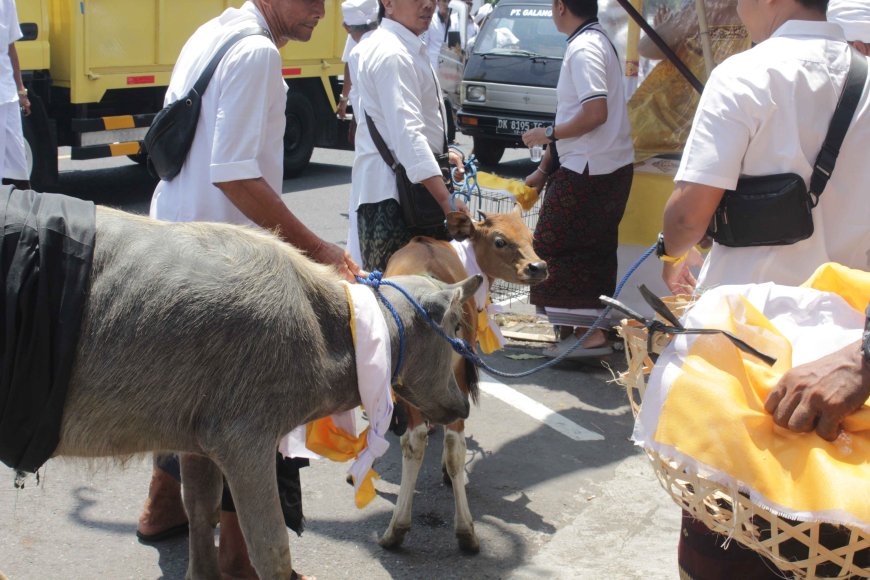
Animals Will Be Paraded Around the Village (Photo Source: Personal Collection)
Spiritually, the animals are considered to have undergone the process of yadnya, which is a journey toward a higher spiritual level. The Mapepada ritual is a manifestation of the belief that animal sacrifice in yadnya is not just a physical act but also an effort to honor the soul or spirit of the animal. In this context, Mapepada serves as a form of respect and devotion aimed at ensuring that the act is done with full awareness and good intention. This helps prevent the performers from himsa karma or negative karma that may arise from actions that are not aligned with spiritual principles.
By involving all elements of the village, Mapepada creates harmony and balance, both physically and spiritually. This procession strengthens the social bonds among the villagers, fostering a strong sense of togetherness and solidarity in performing the ceremony. Through Mapepada, the Hindu Balinese tradition shows deep respect for the cycle of life and death. This ritual teaches that every action must be carried out with full awareness of spiritual responsibility. Thus, Mapepada Tawur becomes a means to achieve balance and harmony in the relationship between humans, nature, and the divine.
